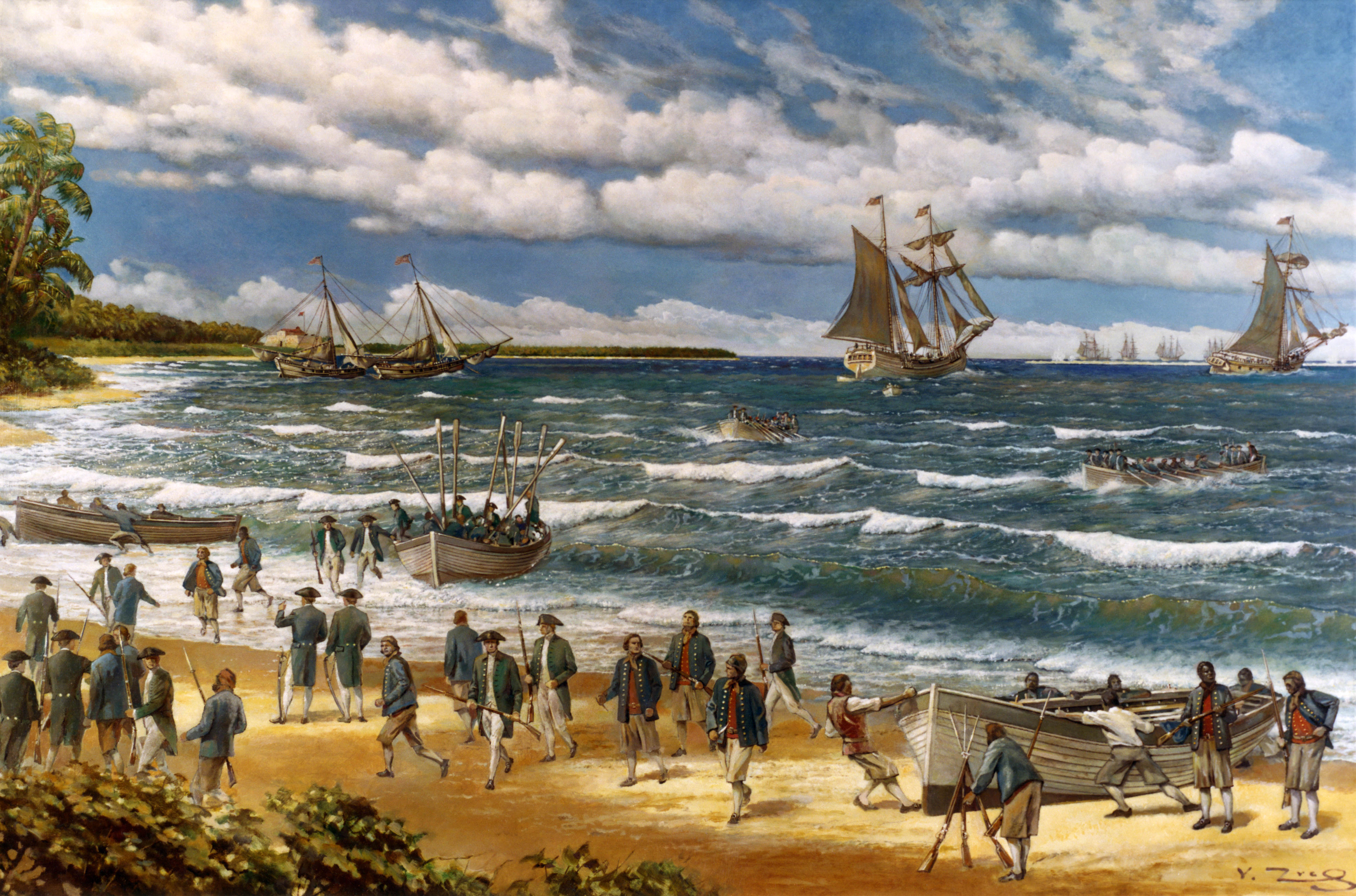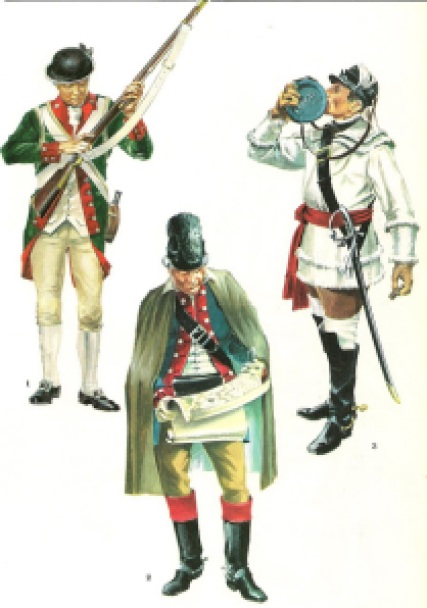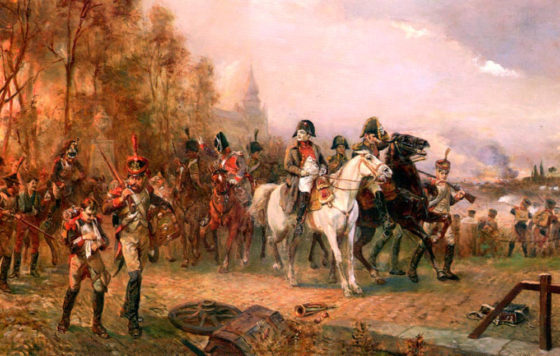
“Less than a year into the revolution, a force of Continentals invaded and captured the island of New Providence in the Bahamas. Their target: a cache of military supplies that included 200 barrels of gunpowder.”
IN 1776, the burgeoning American independence movement faced an enormous problem, one that threatened to end the revolution before it even really began: The rebel army had no gunpowder.
According to author and historian Michael Stephenson’s 2007 book Patriot Battles, George Washington demanded Congress provide him with no fewer than 400 barrels of gunpowder when he took command of the Continental Army in 1775. He got fewer than 40; enough for about 20 rounds per solider. The rebels needed more powder and fast. In fact, overcoming this critical shortage led to America’s first ever offshore military operation.
Less than a year into the revolution (and four months before the Declaration of Independence), a force of Continentals invaded and captured the island of New Providence in the Bahamas. Their target: a cache of military supplies that included 200 barrels of gunpowder. The stockpile had been transferred there from Virginia only weeks earlier, specifically to keep it out of rebel hands.
Some British officials, including Montfort Browne, the governor of New Providence, figured that the 150 miles separating the Bahamas from the continent was enough to keep the vital supplies out of the reach of the rebels. It turns out, he was wrong.
Although a small, and largely bloodless affair, the March, 1776 invasion of New Providence would net the rebel cause a pittance of gunpowder. Yet the mission would be remembered as the debut operation of the American navy (such as it was at the time) as well as the first amphibious landing of the newly formed Continental Marines (the precursor to the USMC).

The operation was dreamed up by America’s first naval commander, Esek Hopkins. The 57-year-old former privateer was directed by Congress to take a fleet of seven sloops, schooners and brigs out of the Delaware River and patrol the eastern seaboard. His orders were to clear the Royal Navy from the mouth of the Chesapeake Bay, to “distress the enemy” and to benefit the American cause any way he could. Hopkins would interpret the latter portion of his orders broadly.
Spies friendly to the independence movement had passed word that the British authorities had stockpiled a sizeable quantity of gunpowder at at Nassau. Hopkins decided on his own to cruise south, snatch the port town from the British and secure the entire cache.
The mission would be a test of the new American navy, as well as the Continental Marines. Formed in November of 1775, the corps would grow to more than 2,000 troops by war’s end. They would mostly serve on rebel warships as security personnel and sharpshooters. Initially, Congress authorized the raising of two battalions of marines at Philadelphia. The force was initially established to take part in a proposed attack on the British stronghold at Halifax, Nova Scotia. Only 300 volunteers (enough for a single battalion) were assembled by year’s end. They were commanded by a 32-year old captain from Pennsylvania named Samuel Nicholas. Eventually, the invasion of Halifax was called off, however Hopkins enlisted the marines for his Nassau raid.
On Feb. 17, 1776, the rebel fleet, which consisted of the Alfred, Hornet, Wasp, Fly, Andrew Doria, Cabot, Providence, and Columbus, along with 200 marines, sailed south from Delaware.
A few days into the voyage, a storm blasted the small fleet and the Fly and Hornet were separated from the group. The remaining five ships soldiered on and raised New Providence on March 1. Shortly after arriving in the waters off Nassau, the flotilla replaced its losses by capturing two British merchant ships which it added to the expedition.
Oddly, Hopkins kept his force anchored off the island for two full days before making his next move: an early morning amphibious landing on the harbour and town. But by then, the militia on New Providence were on alert.
As the American vessels appeared at the mouth of the harbour on Mach 3, a battery on the shoreline opened fire. With the defenders alerted, Hopkins scrubbed the mission and withdrew to consider his next move.
The commodore opted to try another landing, this time on the beaches a few miles east of the town.

At noon that same day, 200 marines and 50 sailors waded ashore near an outpost known as Fort Montague.
The English guns at the fort opened fire on the Americans, but then fell silent. Still, a wary Captain Nicholas ordered his men to hold beyond the range of the cannon.
After some time, an officer from the local militia approached the American lines to discuss a truce. The talks went on for rest of the afternoon. Nicholas assured the British commander that the shore party was only there for the gunpowder, had no intention of pillaging the town and hoped to avoid violence. Reassured, the locals gave up the fort and retired to the town enabling the marines to take Montague without a shot.
Although the declared peaceful intentions of the Americans did much to keep residents from harassing the rebels, Governor Browne was now apprised of the enemy objective. As the marines camped at Montague that evening, the governor ordered as much of the powder as possible to be packed aboard a pair merchant ships anchored in the town’s harbour. By dawn on March 4, both vessels were sailing unopposed for Florida – all of Hopkins’ warships were all riding off Montague several miles to the east. None were at the mouth of the harbour to intercept the escaping vessels.
A day later, the American marines set off towards Nassau. A delegation of locals intercepted them on the road and surrendered the town. The marines soon discovered that the bulk of the powder was gone. Browne was later arrested by the Americans, who were incensed by his efforts to deny them the supplies. The governor was clapped in irons and confined to the Alfred’s brig. The marines reportedly also raided his liquor cabinet for good measure. [1]
Despite Browne’s efforts, the invaders did manage to net the rebellion several dozen cannons and mortars, as well as the nearly 40 barrels of powder that couldn’t be smuggled out.
The Americans spent the next two weeks occupying Nassau and loading the captured stores aboard their own vessels.

On March 17, the entire force made sail for New England.
On April 4, as the fleet neared the American coast, it overtook and captured a small, six-gun schooner HMS Hawk; the following day a merchant vessel was also taken (as an added bonus, it carried guns and powder).
On April 6, only two days sail from New London, Connecticut, the flotilla ran into HMS Glasgow, a 20-gun warship operating off Block Island, Rhode Island.
The British captain assumed the cluster of American vessels in his telescope were merchantmen and closed to take as many of them as possible. The encounter that followed was the American navy’s first battle.
The fight lasted for hours. Yet, despite outnumbering the Glasgow seven-to-one, the Americans failed to defeat the British warship. For their part, the crew of the Glasgow inflicted broadside after broadside on the Americans, killing 10 and wounding 14 before slipping away.
The Americans gave up the pursuit and made port on April 8 with not much to show for their efforts.
Hopkins was widely criticized for the invasion, an operation he was never authorized to conduct. Worst of all, he failed to secure 162 barrels of the precious gunpowder.
Governor Browne fared little better. Although he shrewdly managed to delay the Americans long enough to evacuate the power, he was nevertheless blasted by British officials for letting the town and its stores fall into enemy hands. After the humiliation of being captured and later traded back to the British, he suffered further abuse from London for the entire affair. Despite its defences being strengthened considerably, Nassau would fall again to invaders during the war. Nearly 3,000 Spanish soldiers and sailors occupied the town in May of 1782. It would be traded back to Britain as part of the Treaty of Paris.
Perhaps the only hero of the entire episode is Tryingham Howe, the captain of HMS Glasgow. He managed to inflict moderate damage on the fleet of seven American ships during the Battle of Block Island, dealing the American navy a defeat in its first ever sea battle.
The American marines would continue to serve throughout the Revolution, only to be completely disbanded at war’s end in 1783. The United States Marine Corps would be formed 15 years later in 1798. Despite this, Nov. 10, 1775 is still considered to be the “birthday” of the U.S. Marines.
______________
If you’d like to receive alerts about the latest articles and posts, click on the link in the upper right margin marked “FOLLOW THIS BLOG”. And don’t forget to follow us on Twitter.










2 thoughts on “The Battle for Nassau – Inside the First Overseas Mission for America’s Marines”